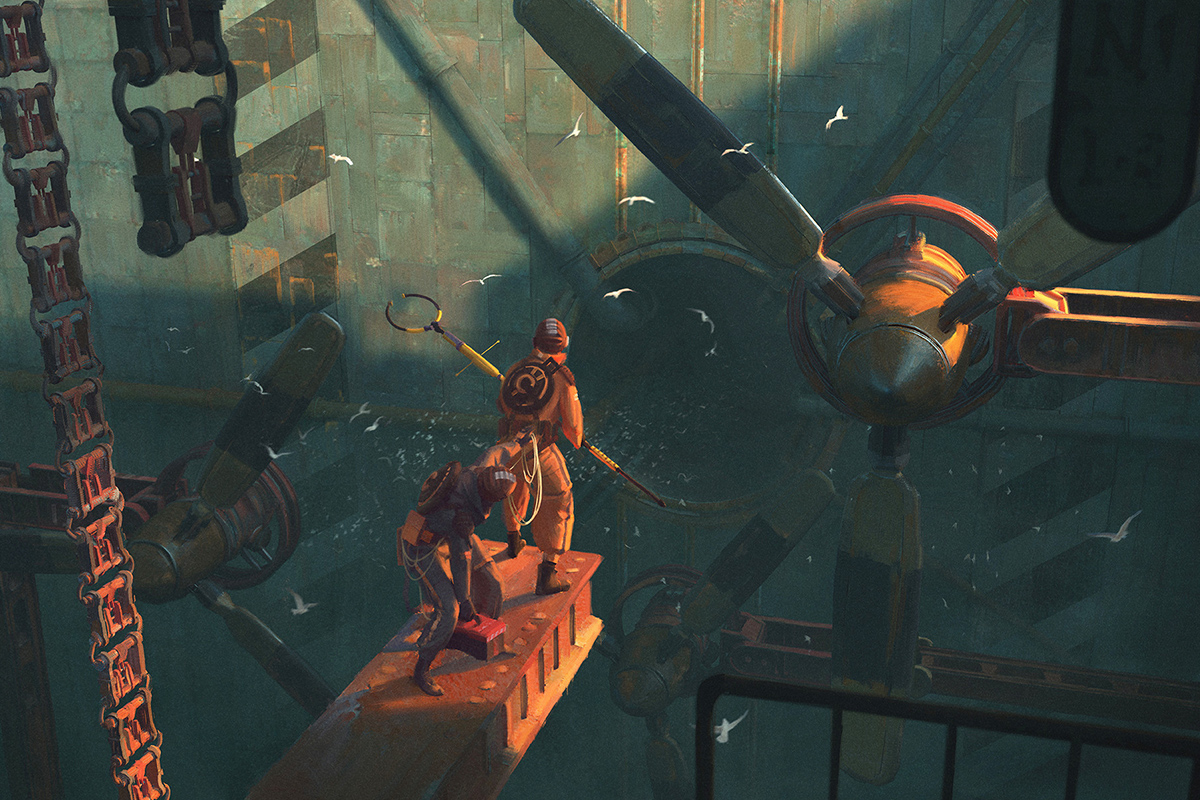I am glad that the Great Steampunk Debate is coming to a close.
Don’t get me wrong — I loved participating in and helping moderate it for the past two months. It has challenged my opinions about the genre, aesthetic, fandom, subculture; made me think long and hard about why people perceive it in such different ways; and occasionally frustrated me.
The opportunity to get a better hold on the opinions of steampunk enthusiasts everywhere was valuable, but it’s time for a break from all the arguments. Most of them will never be resolved anyway; the community is too diverse a group, geographically, politically and otherwise to ever fully agree on the serious sides of steampunk.
Remember to have fun!
Sometimes it is easy to forget about what it is that draws all these people together. Steampunk is, at its core, fun!
Fictions spun in the steampunk style are escapism at its best. Who can read them and not start daydreaming about traveling to unknown lands in their airship? After a long day of work or school, what is better to curl up with than a book that lets you relax and have a little adventure?
That’s certainly what drew me to it in the first place. Recapturing the spirit of a past time, recreating the Age of Discovery and redrawing all of it in a modern light.
That’s not to say that more serious topics are off-limits. It is important to produce more than just pulp technofantasy. Steampunk as legitimate literature or social critique is important. A book with substance, not just style, is something steampunk could use more of.
I have yet to read Dexter Palmer’s The Dream of Perpetual Motion (our review here), but right now I’m having a rip-roaring good time turning the pages of Cherie Priest’s Boneshaker. Both have their place, but when you’re looking for a bit of fun, it’s definitely the latter that gets chosen.
The lighter side of steampunk is a wonderful thing, even with all of its silly clichés and token imagery. Let us not forget that one of the first popularisers of steampunk in the early part of this millennium, the Brass Goggles blog, was expressly devoted to “The lighter side of steampunk.”
It is that image that captured imaginations across the world and ignited the creation of a new fandom or subculture, depending on how you choose to define it.
Inspiration
This ability to inspire fantastic fabrications is still evident in many places.
Last month, my local steampunk group, the Toronto Steampunk Society, got dressed up in some of our pseudo-Victorian fineries and held a scavenger hunt in the historic Distillery District. That area of the city is a popular destination during the weekends and steampunk enthusiasts can often be found there enjoying the old buildings and lovely restaurants. A passing tourist asked their guide who the people in strange outfits were. He actually recognized us and explained why we were there: “They are interested in the history of our city, holding educational, fun events and lending color to the area.”
The area is also popular for weddings, and a couple of them were having photo shoots among the old industrial buildings. As we gallivanted around, two separate newlywed couples requested that we join their wedding photos. The photographers gladly positioned the monoggled lady, bespectacled bobby, skyship captain and clockwork doll around the brides and grooms. The children stared wide-eyed at us and smiled. In ten years, looking at the wedding photos, they may wonder who the strange, old-fashioned, technocentric people are.
Who knows, perhaps it will spark an idea in their heads and lead to the creation of a brand new work of steampunk fiction?
That is the power of the lighter side of steampunk.
This story first appeared in Gatehouse Gazette 13 (July 2010), p. 7, with the headline “In Defense of the Lighter Side of Steampunk”.





